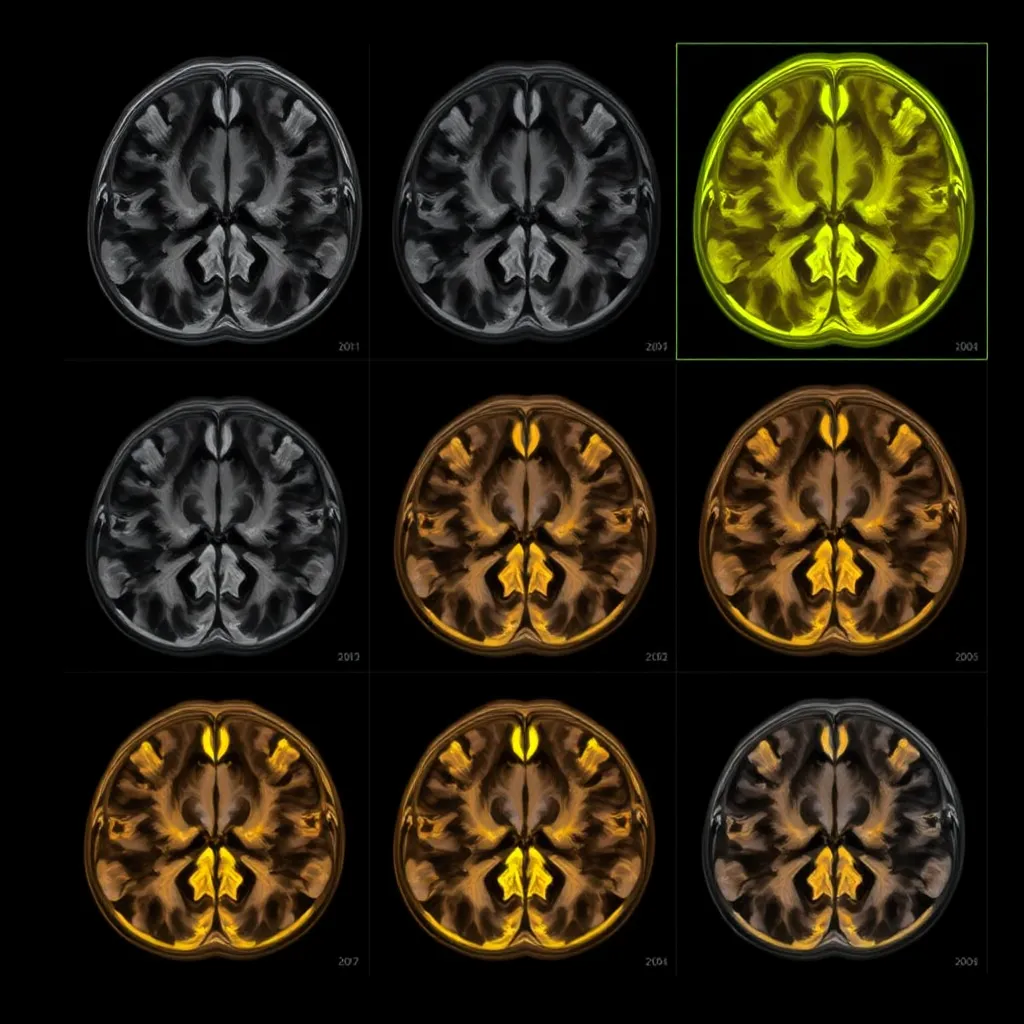
Researchers have discovered a novel approach that can significantly improve the performance of medical image analysis models, particularly in challenging scenarios involving limited data or unfamiliar medical conditions. By training AI models on diverse medical imaging data from multiple modalities, such as X-rays, MRI, and CT scans, the models develop a deeper understanding and can better generalize to new, unseen data. This breakthrough has the potential to revolutionize healthcare by enhancing diagnostic accuracy and enabling more personalized treatment strategies. Medical imaging plays a crucial role in modern medicine, and this research could pave the way for more robust and adaptable AI tools to support clinicians in their efforts to provide the best possible care for patients.

Tackling the Limitations of Specialized Models
Traditionally, medical image analysis models have been developed for specific tasks and trained exclusively on data from a single domain, such as a particular imaging modality or medical specialty. While these specialized models can excel in their designated applications, they often struggle when faced with out-of-distribution (OOD) scenarios or limited data availability – challenges that are all too common in real-world healthcare settings.
The Multi-Domain Advantage
To address these limitations, the researchers introduced a novel approach called the “multi-domain model.” Instead of training on a single data domain, the multi-domain model leverages diverse medical imaging data, including X-rays, MRI, CT, and ultrasound images, as well as different viewpoints like axial, coronal, and sagittal views.
Outperforming Specialized Models
The study’s findings demonstrate that multi-domain models significantly outperform their specialized counterparts, particularly in scenarios with limited data or unfamiliar medical conditions. By integrating information across multiple data domains, the multi-domain models are able to develop a more comprehensive understanding and better generalize to new, unseen data.
For example, in organ recognition tasks, the multi-domain model was able to achieve up to 8% higher accuracy compared to conventional specialized models. This advantage became even more pronounced as the OOD level increased, with the multi-domain model maintaining robust performance even when faced with entirely new medical conditions or imaging modalities.
Paving the Way for Improved Healthcare
The implications of this research are far-reaching, as it holds the potential to transform the way medical imaging analysis is conducted. By leveraging the power of multi-domain models, healthcare professionals can gain access to more reliable and adaptable AI tools, ultimately leading to enhanced diagnostic accuracy, personalized treatment strategies, and improved patient outcomes.
As the field of medical image analysis continues to evolve, this groundbreaking work serves as a crucial step forward, demonstrating the immense value of integrating diverse data sources and paving the way for a future where AI-powered medical imaging becomes an even more indispensable part of modern healthcare.
Author credit: This article is based on research by Ece Ozkan, Xavier Boix.
For More Related Articles Click Here
